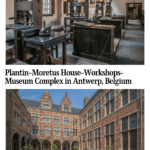Plantin-Moretus House-Workshops-Museum Complex
By Cindy Carlsson
What is the Plantin-Moretus Museum?
The Plantin-Moretus House-Workshops-Museum Complex in Antwerp includes the home, office, and printshop once owned by Christophe Plantin and his son-in-law Jan Moretus. It was the site of Europe’s largest printing business and the home of successive generations of one family. Today visitors can see 300 years of printing history and domestic life, including the printshop and the family home with its fine furnishings, rare books and documents, portraits by Peter Paul Rubens, and more.
Disclosure: This article contains affiliate links. Making a purchase through an affiliate link will mean a small commission for this website. This will not affect your price. Privacy policy.
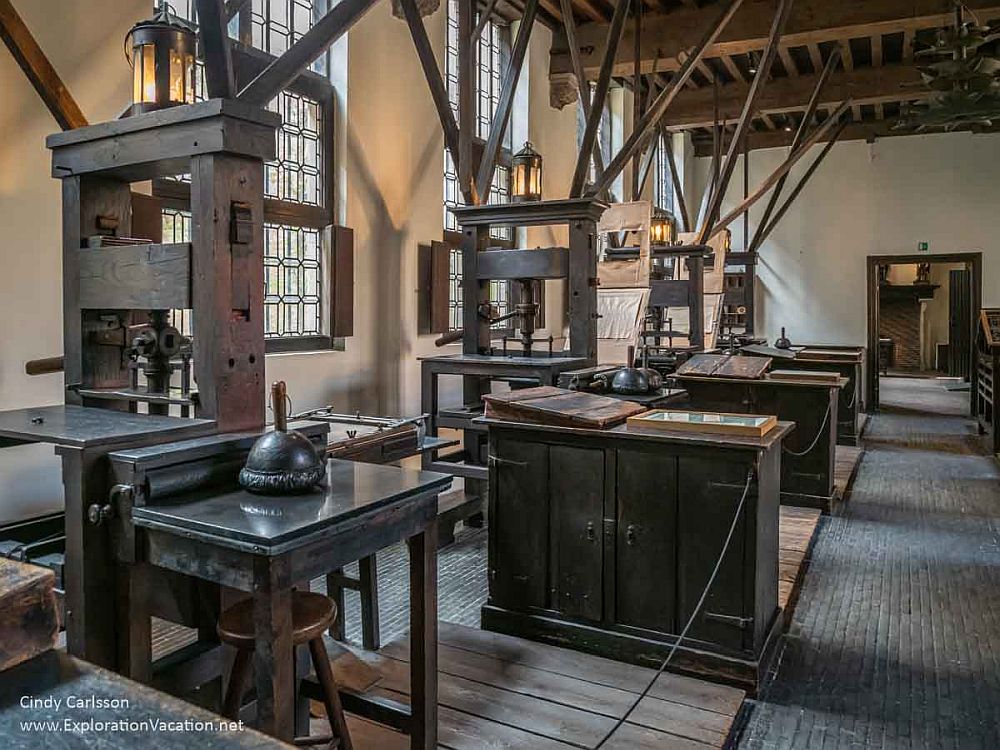
Why is the Plantin-Moretus House-Workshops-Museum Complex a UNESCO World Heritage site?
UNESCO explains: “The Plantin-Moretus House-Workshops-Museum Complex is the only surviving printing workshop and publishing house in the world dating back to the Renaissance and Baroque periods.” But more than that, the architecturally significant site “… contains exhaustive evidence of the life and work of what was the most prolific printing and publishing house in Europe in the late 16th century. The building of the company, which remained in activity until 1867, contains a large collection of old printing equipment, an extensive library, invaluable archives and works of art….” In addition, the property is “an outstanding example of the relationship between the living environment of a family during the 16th, 17th and 18th centuries, the world of work, and the world of commerce….”
The site’s business archives are also part of UNESCO’s Memory of the World cultural heritage documentation program.
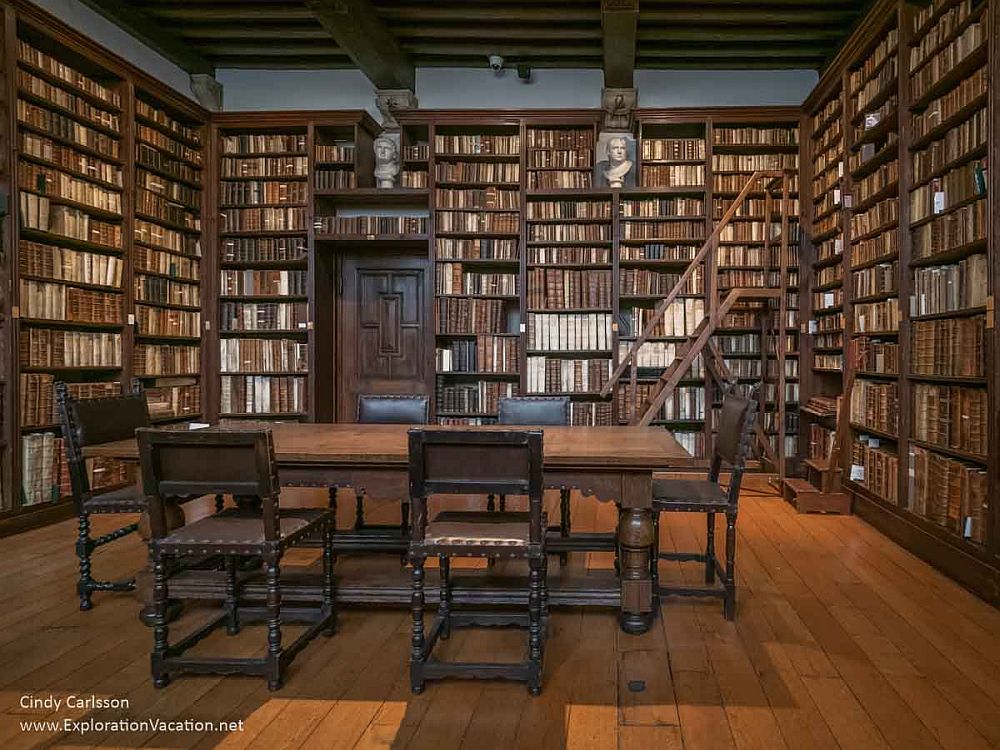
What can you expect on a visit to the Plantin-Moretus Museum?
The Plantin-Moretus home and workshops expanded over time to enclose a courtyard with a formal garden. Today all of this space is a mix of period rooms, galleries, themed exhibits, and demonstrations.
This is a UNESCO World Heritage site mostly for the printing business that operated here. That includes the intact printshop with the world’s oldest printing press, as well as business offices and other work-related spaces, records, and documents printed here.
But the family home is also important to the World Heritage designation, both because it contains its original art and furnishings and as a demonstration of the interconnected nature of home and work during this period. Walking through the museum, you’ll likely move from living spaces to work spaces and back again several times. It’s all very interconnected – and a little confusing.
The Plantin-Moretus family printed some of the most important, valuable, and beautiful books and documents of their time. Today these are part of a large collection of rare books, art, and other printed material. Some of these are displayed in themed exhibits that focus on the Plantin-Moretus family’s work and legacy, the history of printing, the politics of printing, printed artwork, and more.
And, yes, most of those family portraits were painted by Peter Paul Rubens. He was a family friend.
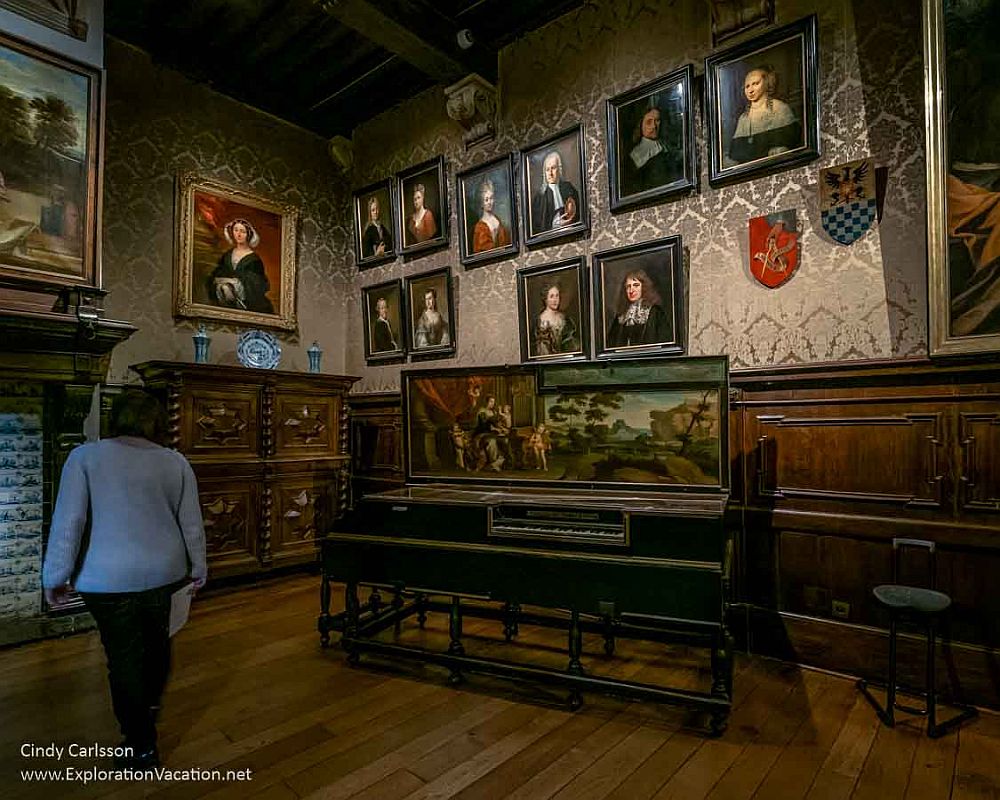
Is the Plantin-Moretus Museum worth visiting?
If you are in or near Antwerp, the Plantin-Moretus Museum is worth visiting even if you aren’t particularly interested in house museums or the history of printing. You’re sure to discover at least a few things of interest and come away with a new appreciation for the role of printing and publishing in the development of the modern world. A casual visitor can walk through the museum in an hour.
Those who should go farther out of their way to visit the Plantin-Moretus Museum and plan to spend more time there include:
- Art fans, particularly fans of Rubens, as many of the paintings in the house are by Rubens. Not only are there a lot of Rubens here, but you are seeing them displayed as Rubens himself would have seen them – hanging on the walls in his friend’s living room – which is very different from seeing them in in the sterile setting of a museum.
- Printers, print makers, and others interested in the art and history of printing. All of the historic equipment and tools are here, and all of it is well interpreted.
- Anyone interested in historic books and documents. Some of Europe’s most influential, valuable, and beautiful printed works are displayed here.
The museum has a few activities and exhibits designed for children and teens, but there isn’t much that would hold the interest of a young child unless they are participating in a special program or activity.
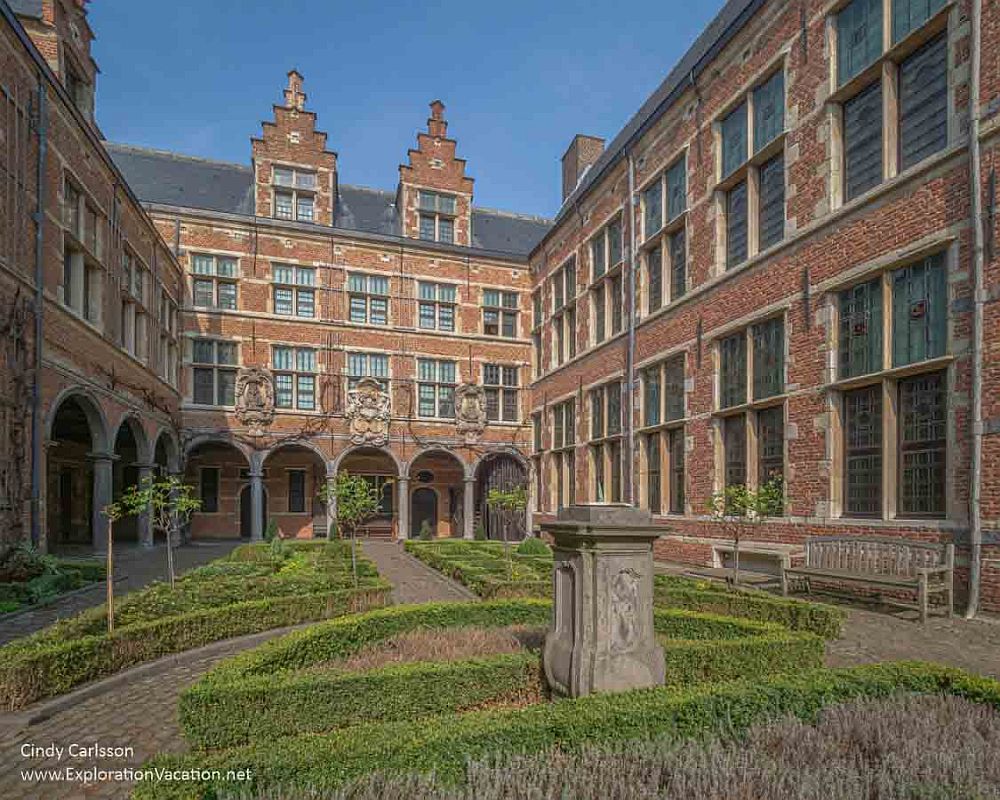
Tips for visiting the Plantin-Moretus Museum
Allow more time than you think you will need. There is such a broad mix of things to see here, you are likely to discover something interesting that you didn’t expect.
Some rooms open onto others in unexpected ways, making it easy to get turned around. Be sure you have a map of the building so you can find your way around.
Wheelchair users are not able to access all areas of the museum.
The museum is located right in the historic center of Antwerp. While this area isn’t on the World Heritage list, it probably should be. It’s filled with gorgeous historic buildings. Plan enough time in the city to look around.
Within the province of Antwerp you could also visit Wortel, one of the Colonies of Benevolence, and some of the Flemish Béguinages. All of which would make for a nice day trip.
Use the map below to book your accommodation near the museum in the center of Antwerp:
Where is the Plantin-Moretus Museum?
The Plantin-Moretus Museum is located at Vrijdagmarkt 22 in central Antwerp. You can get there from elsewhere in Antwerp by bike, public transportation, and/or on foot. River cruises usually dock within walking distance. Driving there is more challenging, as only low emission vehicles are allowed in the city center and street parking is limited. A fee is charged for most parking, both on the street and in parking garages.
The museum website has detailed information on how to get to the museum from elsewhere in the city, including links for planning a trip by train, bus, or boat.
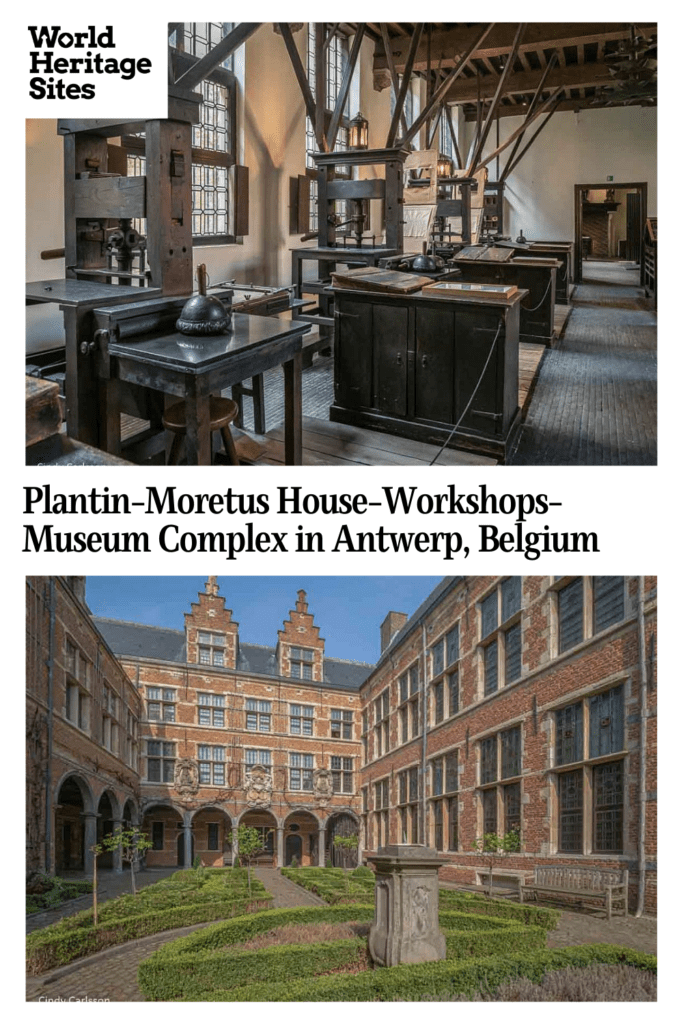
For more information about Plantin-Moretus House-Workshops-Museum Complex, its opening hours and admission fees, see its official website.
Have you visited Plantin-Moretus House? If so, do you have any additional information or advice about this UNESCO World Heritage site? Please add your comments below!

